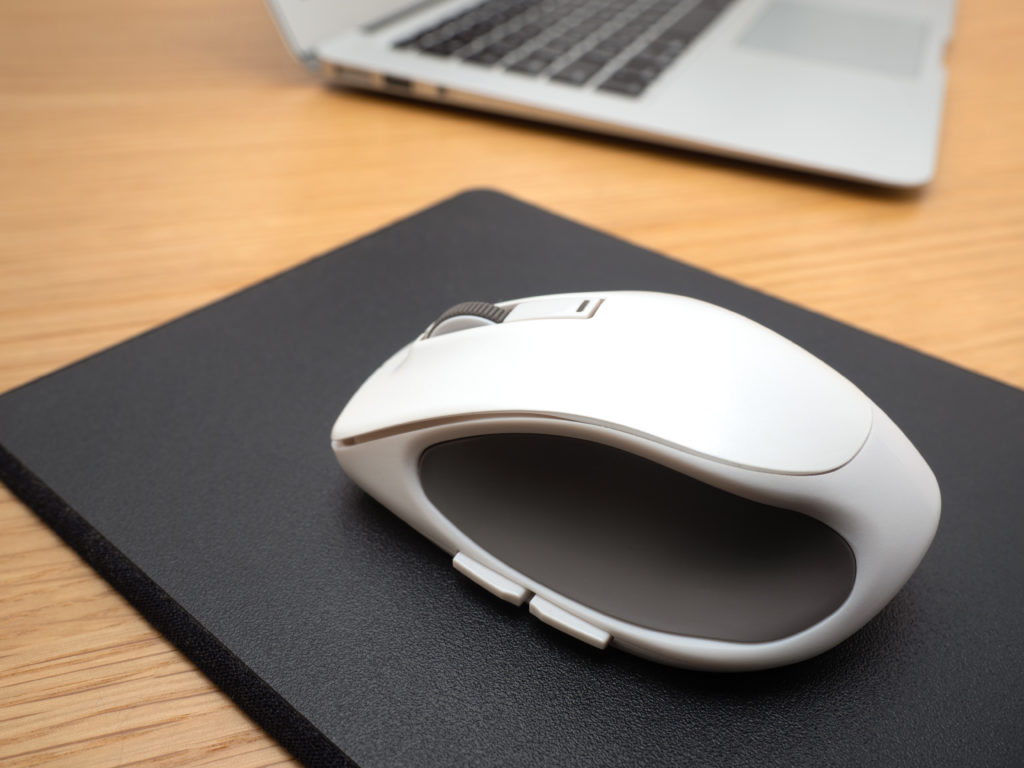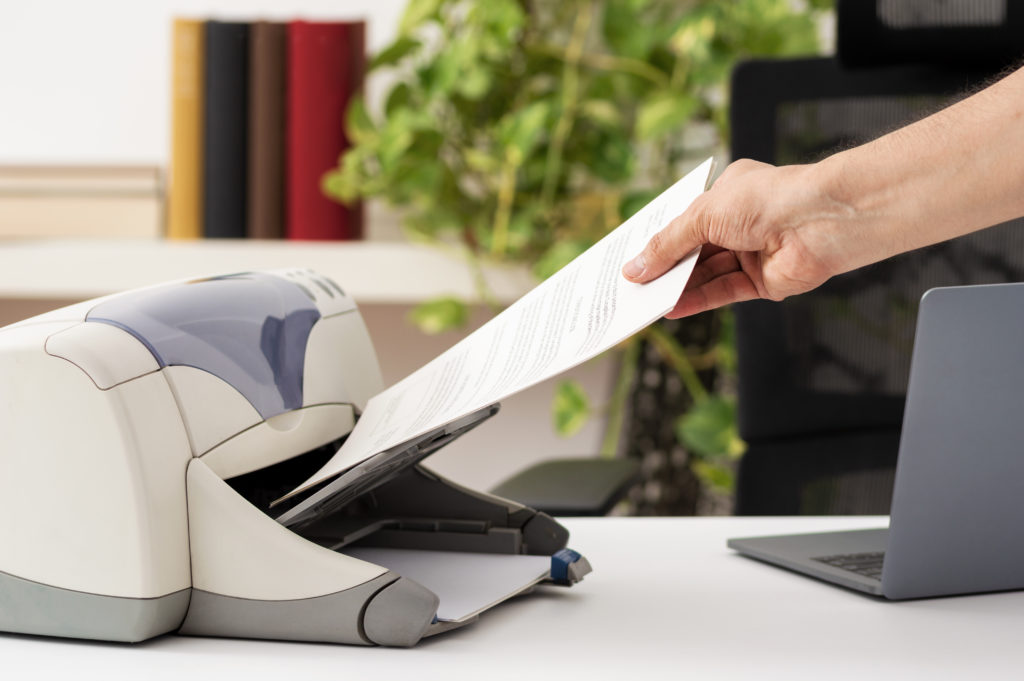Windows allows you to pair all kinds of Bluetooth devices with your PC, such as keyboards, mice, speakers, phones, printers, scanners, and many others. Some Windows 10 machines, like laptops and tablets, are compatible with Bluetooth out of the box. In some cases, full PCs are designed to be compatible. However, your device may require an adapter to use Bluetooth devices. Once your machine is Bluetooth compatible, enabling the connections and using your Bluetooth devices is a breeze.
Using the Settings Menu
One way to enable Bluetooth in Windows 10 is in your Settings menu. While this process is a bit longer than other methods, navigating this menu is key to resolving potential Bluetooth issues. Click on the Start button that is usually at the bottom left of your screen. From there, choose Settings from the menu on the left. Click on the Devices option in the now opened Settings menu. Make sure that the Bluetooth & other devices section is highlighted on the left. You should see a toggle that will allow you to enable Bluetooth in this menu.

Using the Action Center
The easiest way to enable Bluetooth on compatible Windows 10 machines is to use the Action Center. The Action Center can be accessed by clicking on the Message bubble next to the time and date in the taskbar. Click on the small Expand button that appears above the lower boxes in this menu. You should see a box with the Bluetooth symbol that says Bluetooth or Not connected. If it is highlighted, Bluetooth is enabled. Click on the box to turn Bluetooth on or off.
What To Do if Bluetooth Is Missing From the Action Center
In some cases, the Bluetooth box may not appear in the Action Center. To add it to your Action Center, open your Settings menu and choose System. Find and click on Notifications & actions on the left side. In this menu, find the section titled Quick Actions and then click Edit your quick actions. Choose +Add and select Bluetooth to add it to your Action Center. Choose Done to finish the process.

Connecting a Bluetooth Device
Once you’ve enabled connections on your devices, adding Bluetooth devices is simple. One method is going to your Bluetooth & other devices menu as described earlier. At the top of this menu is a large box with a + symbol and the phrase Add Bluetooth or other device. Clicking this opens the Add a device menu. Click Bluetooth. As long as your device is turned on and discoverable, it should appear in this menu. Then you can just select the device you want to connect to your computer. Each device is different, so make sure to use the manual or visit the manufacturer’s website to learn how to make them discoverable.
Connecting Printers & Scanners
Unlike other Bluetooth devices, printers and scanners connect slightly differently. Navigate to the Devices menu from your Settings. Choose Printers & scanners from the left. At the top of this screen is a large box with a + symbol and Add a printer or scanner. After clicking on that symbol, wait for your computer to find nearby Bluetooth devices. Select the one you want to use and choose Add device.

Swift Pair
Microsoft knows that connecting Bluetooth devices can be a bit of a hassle, so they streamlined the process with Swift Pair. To use Swift Pair, turn on the device and make it discoverable. On your computer, go to the Bluetooth & other devices menu. Scroll down if necessary to find the Show notifications to connect using Swift Pair box. Make sure the box is checked. After this, a notification will appear every time your computer senses a new Swift Pair compatible Bluetooth device. You just need to choose Connect to pair the machines.
Parting Words
If you want to get the most out of your Bluetooth devices, make sure you’re using a browser that can also harness them. Chromium-based browsers, like OneLaunch, are constantly adding new ways to use Bluetooth. For example, directly cast from sites like YouTube to your speakers, headphones, or other connected devices with the click of a button.
Looking for the same advice for Windows 11 users? We’ve got you covered: How to Enable Bluetooth on Windows 11 Devices.










 Share On Twitter
Share On Twitter